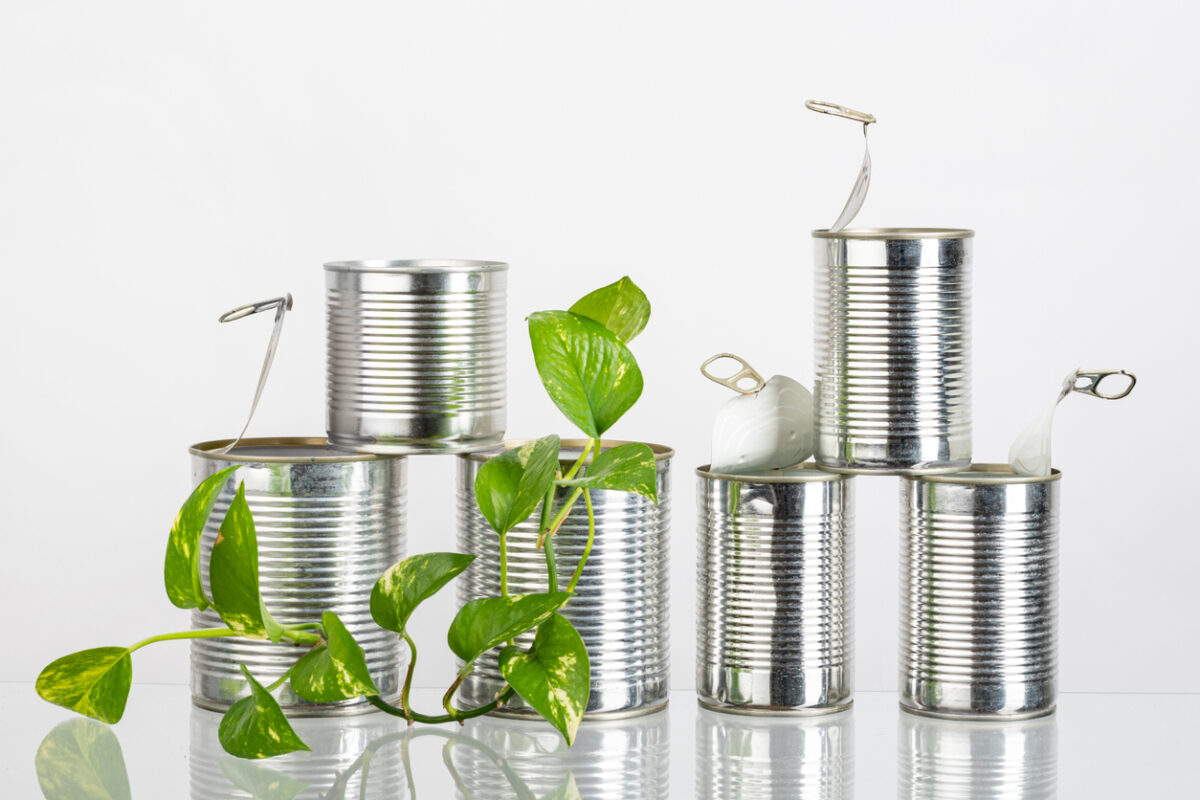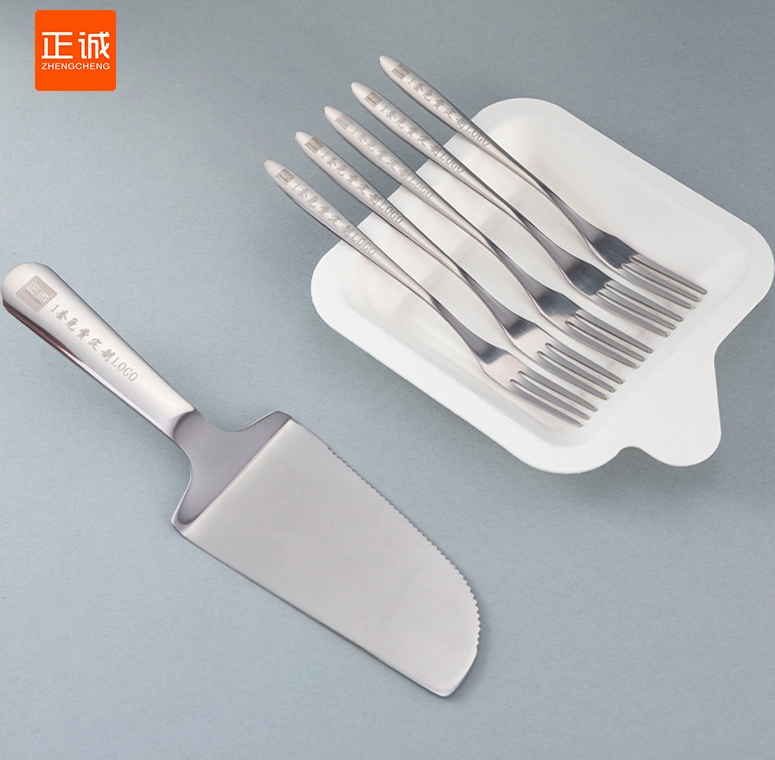The production of a custom injection mold for vacuum cleaner components is a multifaceted process that blends high-precision engineering with material science and modern manufacturing practices. Injection molds are critical to ensuring consistent, scalable, and cost-effective production of plastic parts, especially in consumer electronics and appliances. In this blog post, as a high precision plastic injection mold exporter, Xuzhong will share the production process of custom vacuum cleaner injection mold for sale.
1. Requirement Analysis and Product Design Review
The process begins with a detailed requirement analysis of the vacuum cleaner component to be molded. This stage includes:
- Understanding the functional requirements of the part (e.g., motor housing, dustbin, handle, nozzle).
- Reviewing material specifications such as impact resistance, thermal stability, and durability.
- Analyzing the design for manufacturability (DFM), where CAD models are reviewed to identify and resolve potential manufacturing issues, such as undercuts, wall thickness variations, and draft angles.
Advanced CAD software like Siemens NX, SolidWorks, or CATIA is typically used at this stage to validate the product design from both an aesthetic and engineering standpoint.
2. Material Selection for the Mold
Selecting the right mold material is essential for achieving high performance and longevity. Common materials include:
- P20 Steel: Pre-hardened tool steel used for moderate production runs.
- H13 Steel: High-performance hot work tool steel, ideal for high-volume production.
- Stainless Steel (420/440C): Used when molding corrosive plastics or requiring high surface finish.
The selection is guided by the type of plastic resin (e.g., ABS, PP, PC, Nylon) to be used in the vacuum cleaner part, anticipated production volume, and desired mold life.
3. Mold Design and Simulation
Custom mold design is the most critical phase. It defines how the molten plastic will be injected, cooled, and ejected. Key elements of mold design include:
- Cavity and Core Design: Precision design of cavities and cores to match the shape of the final component.
- Gate Design: Choosing the optimal gate location (e.g., edge, pinpoint, or submarine gates) for uniform flow.
- Cooling System Layout: Strategically placed cooling channels to minimize cycle time and prevent warping.
- Ejection Mechanism: Designing ejector pins, plates, or sleeves for smooth and damage-free part ejection.
- Venting: Proper venting to allow trapped air to escape during injection.
CAE tools like Moldflow or Moldex3D are used to simulate the injection molding process. Simulations help predict issues like weld lines, sink marks, air traps, and optimize flow balance.

4. Mold Base and Component Fabrication
Once the mold design is finalized, fabrication begins with the preparation of the mold base and individual components. This stage typically involves:
- CNC Machining: High-precision CNC mills and lathes are used to create the primary mold base and detailed features in cavity and core inserts.
- EDM (Electrical Discharge Machining): EDM is employed for creating intricate contours, sharp corners, and small internal features that are difficult to machine mechanically.
- Grinding and Polishing: Surface finishing operations ensure tight tolerances and high-quality finishes where required, especially for visible or fit-critical parts.
- Heat Treatment: Hardening of steel components enhances wear resistance and extends mold life.
Depending on complexity, multi-cavity or family molds may be fabricated, allowing multiple parts to be molded in a single cycle.
5. Assembly and Integration
The fabricated components are assembled to form the complete mold system. This process includes:
- Aligning and securing cavity and core inserts into the mold base.
- Installing guide pins, bushings, return pins, and ejector systems.
- Integrating cooling channels and connectors, often with temperature sensors or baffles for improved control.
- Verifying the alignment and tolerances through test fits and manual inspection.
Attention to micrometer-level details ensures the mold halves align perfectly under clamping pressure, ensuring consistent part quality.
6. Mold Testing and Validation (T0/T1 Trials)
Before entering full production, the mold must undergo rigorous validation to confirm its performance. This is typically done through:
- T0 Trial: An initial mold test to verify basic functionality, identify flashing, short shots, or sticking parts.
- T1 Trial: A refined trial with parameter optimization to match part specifications in terms of dimension, surface finish, and mechanical properties.
Sample parts are analyzed for dimensional accuracy (using CMMs), material distribution, flow consistency, and any aesthetic defects. Based on trial results, mold adjustments are made—this may include re-polishing, adjusting gate sizes, modifying vent locations, or reworking ejector systems.
7. Process Optimization and Final Approval
After the trial phases, injection molding parameters are finalized. Key parameters include:
- Injection speed and pressure
- Holding pressure and time
- Cooling time and mold temperature
- Ejection force and delay timing
The objective is to establish a repeatable, stable process window that delivers defect-free parts with minimal cycle time. Once the mold consistently meets the defined part specifications, it is approved for mass production.
8. Documentation and Maintenance Planning
Upon successful completion, detailed documentation is compiled:
- Mold design drawings and 3D CAD models
- Mold flow analysis reports
- Material certifications and heat treatment logs
- Maintenance schedules and wear part inventories
Preventive maintenance is scheduled based on shot counts, including lubrication, cleaning, and inspection of critical components such as ejectors, gates, and cooling channels.
Conclusion
The production of a custom vacuum cleaner injection mold is a highly specialized and precise engineering process. From initial concept to trial runs, every step must be executed with rigorous attention to detail and a deep understanding of material behavior and manufacturing science. A well-crafted mold ensures reliable, efficient, and high-quality production, which is essential for consumer appliances where both performance and aesthetics are non-negotiable. By integrating advanced CAD/CAM tools, simulation software, and modern machining techniques, manufacturers can deliver molds that not only meet stringent quality standards but also reduce lead times and cost over the product lifecycle.
www.xuzhongmold.com
Xuzhong


